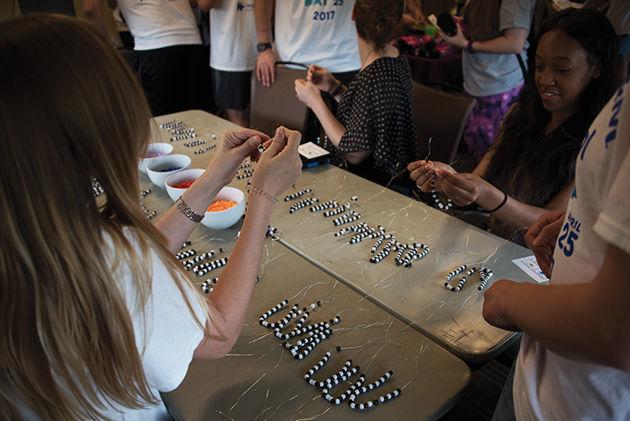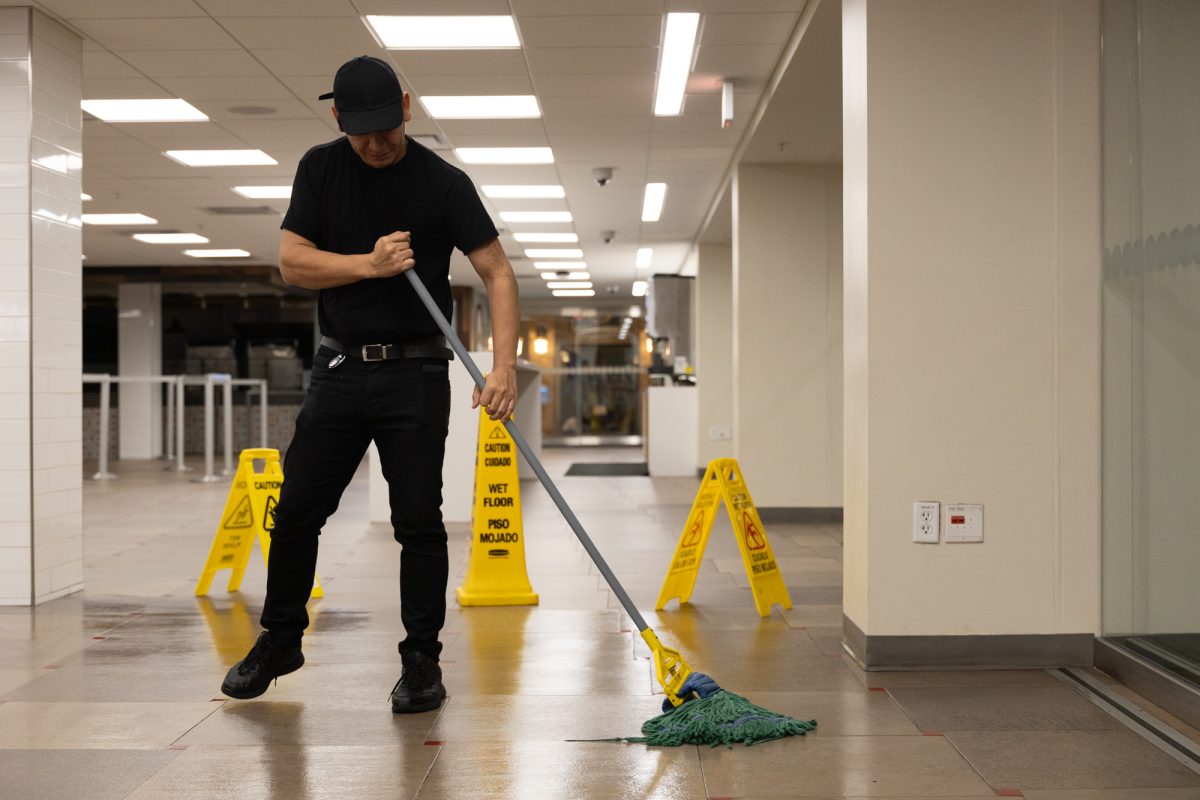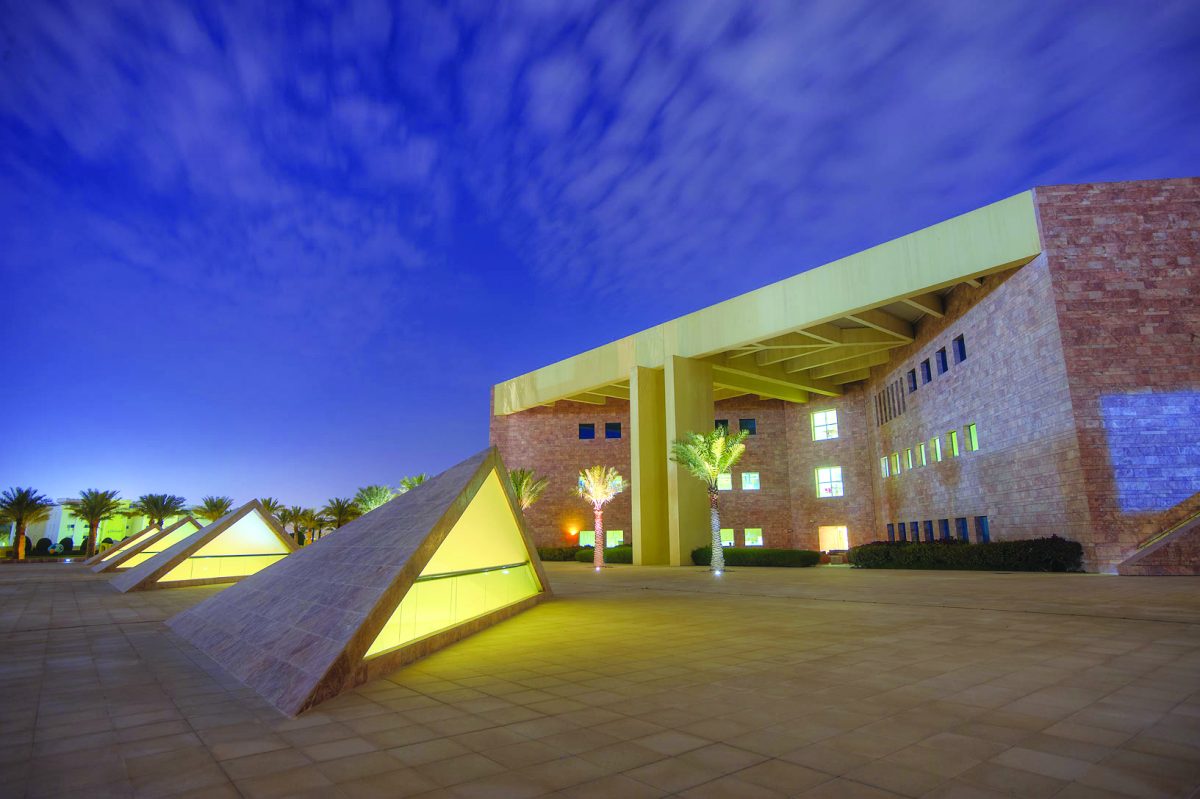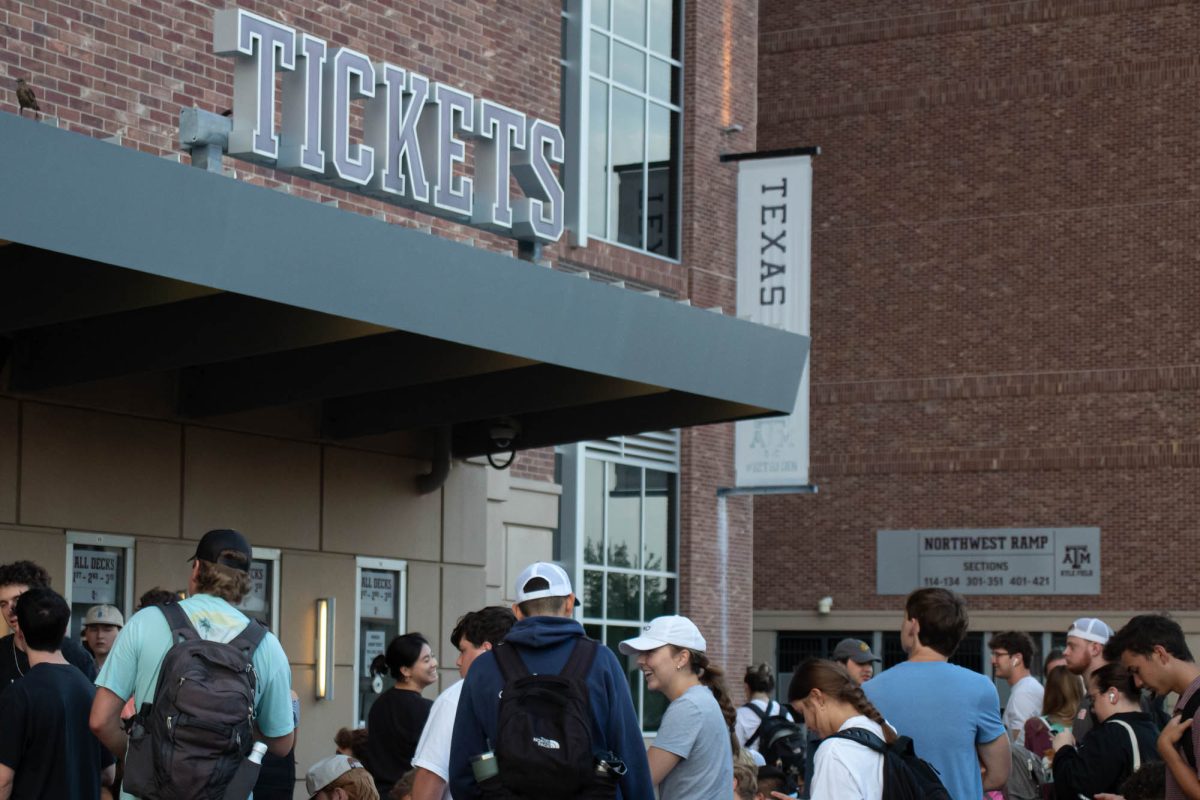In celebration of one of the biggest research programs in history, students hosted DNA Day April 25 at the MSC to provide a better understanding of genetics and genomics in healthcare.
Students from a genetics and family health communication course teamed up with genetics graduate students to present A&M’s first DNA Day, which aimed to bring awareness of the importance of genetics and the Human Genome Project, 13-year effort started in 1990 to map and understand human genes. The event featured booths with interactive DNA perspectives and guest speaker Laura Koehly from the National Human Genome Research Institute.
According to the NHGRI, the Human Genome Project allowed researchers to better understand the blueprint of a human being, resulting in more medical advances and better treatment of hereditary diseases. Congress declared April 25 National DNA Day in 2003 to celebrate the Human Genome Project as well as the 1953 discovery of DNA’s double helix structure.
In her research at NHGRI, Koehly focuses on how genetic information is translated into family systems. She said she hopes DNA Day will cultivate curiosity in genetics and spark important conversations on family health.
“I look at genetics in the context of hereditary cancers,” Koehly said. “If there is a causative mutation found in a family member, that information needs to flow from family member to family member. My hope is that DNA Day helps those who attend understand the role of genetics and health and hopefully that ripples into family conversations, and gets people discussing what heredity diseases run in their families.”
Communication senior Amanda Salerno worked at the forensics booth, which focused on DNA facial recognition, or the use of genes found in DNA to reconstruct what the face may look like. Throughout her semester in genetics and family health communication, Salerno said she was happy with the opportunity to share information about DNA with the public.
“We wanted to educate people about why DNA Day is cool and focus on topics such as the Human Genome Project because it is interesting,” Salerno said. “We want people to see that you don’t have to be too interested in science to learn about it.”
Assistant communication professor Emily Rauscher teaches the genetics and family health communication class and said she is proud to see how hard the students worked to put on this event.
“What I wanted them to get out of this event, was understanding genetics, which is a core component of the class, and also be able to teach it to other people,” Rauscher said. “They went and got $1,500 in donations by themselves to help with funding the event … I’ve helped them in terms of giving them deadlines and checking on them but mostly, they’ve been really self-sufficient … They’ve done a pretty good job.”
Communication senior Andrew Bell believes genetic topics are commonly ignored in society today and feels educating people about DNA and how if affects a person’s health is useful information for anyone.
“It relates to the longevity of your life and the way that you care about your family,” Bell said. “We’ve been given the opportunity to explore those avenues on why it is important to communicate that within the family. I’ve had the exposure of learning something that is very important and I think everyone should have the opportunity to learn about.”
DNA Day raises awareness of Human Genome Project
April 25, 2017
Photo by Photo by Cassie Stricker
Communication junior Ashley Fitzhenry showed DNA Day visitors how to build DNA structures out of beads.
0
Donate to The Battalion
Your donation will support the student journalists of Texas A&M University - College Station. Your contribution will allow us to purchase equipment and cover our annual website hosting costs.
More to Discover









